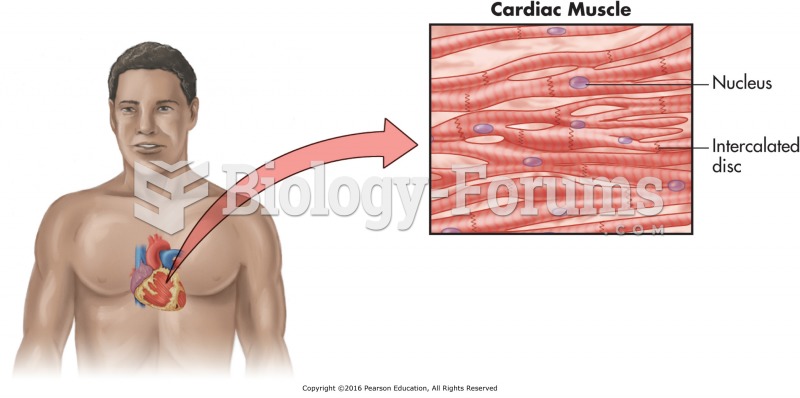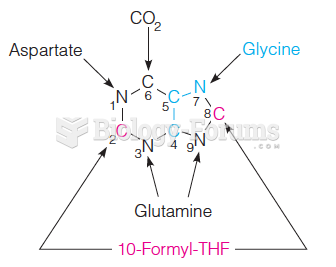A 72-year-old male patient (height 6'2, weight 95 kg) with a history of congestive heart failure (CHF) presents to the emergency department complaining of shortness of breath and inability to lie down to sleep.
Physical assessment reveals a very anxious patient with a pulse of 140, respirations 32, and la-bored with diaphoresis. Breath sounds are decreased with bibasilar coarse crackles. The patient has a productive cough of pink frothy secretions. The patient is placed on a nonrebreather mask and the resulting arterial blood gases (ABG) show: pH 7.25, partial pressure of carbon dioxide (PaCO2) 55 mm Hg, partial pressure of oxygen (PaO2) 54 mm Hg, oxygen saturation (SaO2) 86, bicarbonate (HCO3) 24 mEq/L. The most appropriate immediate action to take includes which of the following?
a. Face mask continuous positive airway pressure (CPAP) 10 cm H2O
b. Intubate, volume-controlled continuous mandatory ventilation (VC-CMV), respir-atory frequency (f) 20, tidal volume (VT) 810 mL, positive end-expiratory pressure (PEEP) 8 cm H2O, fractional inspired ox-ygen (FIO2) 1.0
c. Intubate, volume-controlled intermittent mandatory ventilation (VC-IMV), f 6, VT 425 mL, PEEP 10 cm H2O, FIO2 0.80
d. Noninvasive positive pressure ventilation (NPPV) with bilevel positive airway pres-sure (bilevel PAP), inspiratory positive airway pressure (IPAP) 15 cm H2O, expir-atory positive airway pressure (EPAP) 5 cm H2O, FIO2 0.60
Question 2
A male patient who is 5'10 and weighs 190 lb arrives at the hospital having suffered a closed head injury in a motor vehicle accident.
The patient is unconscious and a computer tomogram of the head reveals an intracranial bleed. The patient receives an intracranial pressure (ICP) monitor following neurosurgery. Initial venti-lator settings should include which of the following?
a. Volume-controlled continuous mandatory ventilation (VC-CMV), respiratory fre-quency (f) 15 breaths/min, tidal volume (VT) 750 mL, positive end-expiratory pressure (PEEP) 5 cm H2O, fractional in-spired oxygen (FIO2) 1.0
b. Pressure-controlled continuous mandatory ventilation (PC-CMV), f 15 breaths/min, peak inspiratory pressure (PIP) 35 cm H2O, PEEP 10 cm H2O, FIO2 1.0
c. Volume-controlled intermittent mandatory ventilation (VC-IMV), f 6 breaths/min, VT 300 mL, pressure support (PS) 10 cm H2O, PEEP 5 cm H2O, FIO2 0.50
d. Pressure-controlled intermittent mandato-ry ventilation (PC-IMV), f 12 breaths/min, PIP 20 cm H2O, PS 10 cm H2O, PEEP 5 cm H2O, FIO2 0.40







